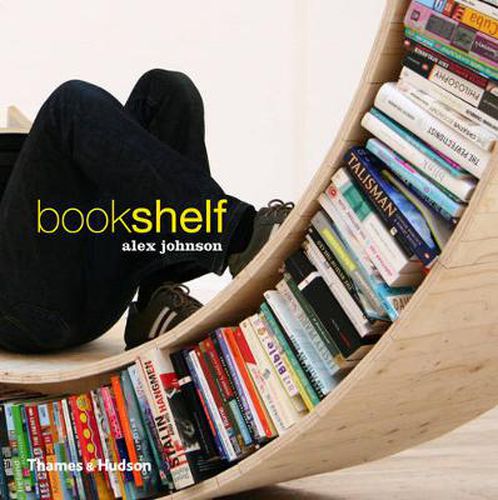How to craft an ideal bookshelf
Look everyone, I totally get the allure of a bookshelf that looks like it’s come straight out of a film set – probably the kind of film that stars a wealthy, attractive architect in New York. I too long for the day I have one of those bookshelves that fill an entire wall, complete with a wooden ladder to slide along the railings on. But… sadly, today is not that day.
So, in the interim, here are my three tips for crafting the ideal bookshelf.
1. A bookshelf that is practical will be more well-loved than one that is beautifully-presented
It’s true that you may be one of those excellent, efficient types who can manage both practicality and beautiful presentation in one graceful swoop. But, if your choice is one or the other then practicality should win out. If your bookshelf’s main purpose is to ‘look good’ instead of to ‘store books’, then it might make picking out a book daunting because you might not want to mess with your artful composition. It’s important to remember that books never look messy anyway, only ever arty.
It’s also extremely important to arrange the books how you like to browse them. Do you like to keep them in categories such as non-fiction/Australian? Do you like to group by colour? I actually love how books look when they’re organised by colour but I can never remember how to find anything (I have friends who are experts at remembering books by spines) so I can’t commit to such a scheme. And while I love browsing other people’s bookshelves that are put in every which way, I would hate to do this with my own. When I’m looking for a book, I want to be able to pick it out immediately.
2. Always keep some books around that you haven’t read yet
This philosophy is often directed toward kids and teenagers. Our online children’s specialist Emily Gale explains: ‘Giving children freedom of choice at home is the best way to help them develop into lifelong readers. Let the tween rediscover their favourite comforting picture book. Quietly observe the newly-independent reader reach for something without a single reassuring illustration. Maybe they’ll read the same, safe book twenty times before they take the next step, but if there are hidden gems in your bookshelves they will find them.’
But this is also a terrific philosophy to take on board as an adult. I regularly buy books and don’t get around to read them for some time so I’ll support any philosophy that makes me feel less guilty about this habit.
3. Nostalgia can be ‘good psychological medicine’.
Lately, there’s been a lot of discussion about the importance of decluttering (see Marie Kondo) and while I’m mostly on board with this trend – I find it a difficult concept to accept at face value comes to books. I frequently cleared out my bookshelf when I was growing up and am now in the process of trying to restore some of my old childhood favourites. One time I gave away an entire box of Goosebumps books which is now a bitter, bitter memory. I do believe, and indeed recommend, you give away books you don’t enjoy or books that you are indifferent toward as hopefully they’ll find their way to the right reader. But, I think it’s okay to not be too harsh on yourself for keeping a book you read once and loved, but will never reread.
In favour of keeping books around for sentimental reasons, here’s a short article about how nostalgia can be ‘good psychological medicine’.



